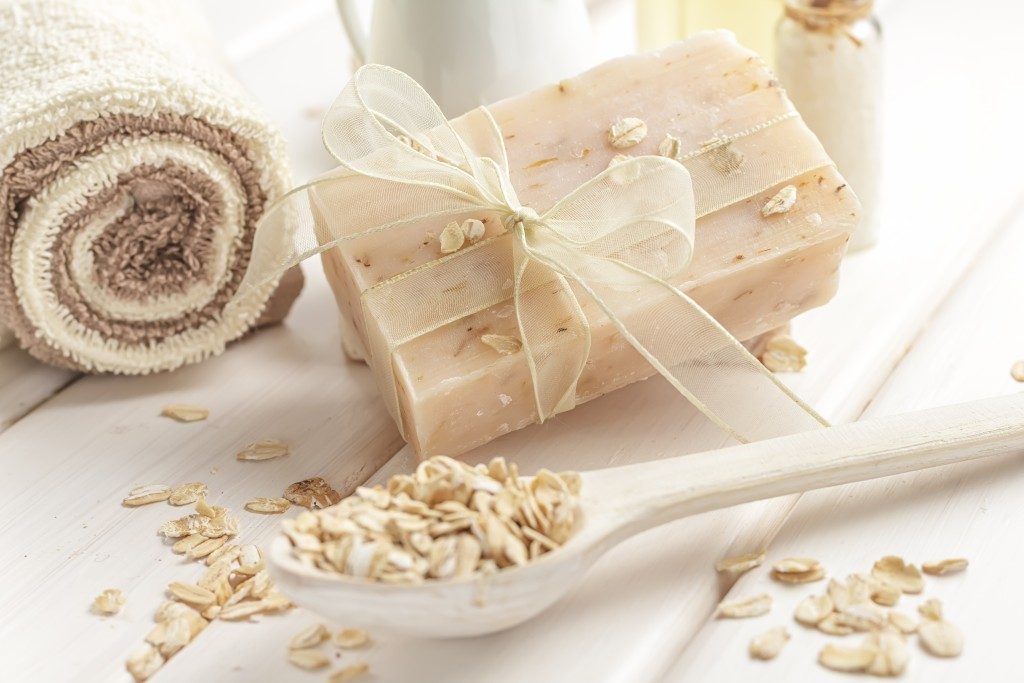Relaxation is a buzz word these days, and people want to improve their living conditions to enhance a room’s atmosphere. Some prefer to visit a public spa, but many people prefer a custom-built home spa or bath.
Whether you are searching for a spa for your home or one for a commercial establishment, you need professional installers to make the work durable. With the increase in DIY projects, some manufacturers are now churning products they tout as easy enough to fix without a professional’s input. But people still engage the opinion of experts, so their end product is still high-quality.
Many experts in Salt Lake City explain that one of the critical components of a custom spa that will be affected by a DIY installation is the pump. This is the heart of your spa’s engine and moves water through its jets. When choosing a pump for your spa, you should pick one that is strong enough to knead your tired muscles or those of your clients sufficiently and keep water flowing as it should. The following are the main specifications that should guide your pick of a spa pump.
Speed
There are two options for pump motors: single and variable speed. The speed of the motor is measured in RPM (revolutions per minute). Pumps that can switch between speeds are variable-speed pumps. These are energy-efficient since they do not run at high speeds all the time. Single-speed pumps are circulation pumps that run at low speeds and use minimal energy.
Voltage
The spa pump’s motor will need a specific power for its functioning. Pumps with two wires need 110-120 volts while those with four wires need 220-240 volts. 110-120 volts have white and green wires, and those with 220-240volts have black, red, white and green wires. Your required voltage will be indicated on the side of your pump.
Horsepower

Your pump’s horsepower will denote the amount of power it will provide for your water jets. The horsepower rating of spa pumps will vary from ¾-5HP. You, however, cannot just pick a 5HP pump and expect its stellar jet action. The power for your pump should accommodate your spa’s plumbing. Excess power for small spa pipes will limit its power, and contribute to water leaks. A plumber can, however, upgrade your spa pump’s horsepower to accommodate a higher horsepower rating than its intended manufacturer rating.
Discharge
The discharge orientation of your pump denotes the location of the water’s exit. This can be the side of your pump or its center. Some of the newer spa pumps have non-universal fittings for their discharge. These allow the drilling of new unions to accommodate different discharge settings.
Frame Size
The frame of your pump is its housing. It includes the pre-drilled holes into which the spa water jets will be bolted. The distance between your holes will depend on the size of your frame, and your spa should fit properly into it. The frames of spa pumps are generally 56 or 48. A 48-frame pump typically has holes less than four inches apart while in the 56-frame pump, the holes are more than four inches apart.
The above specifications determine the working of your spa’s pump and its water jets. The installation of a spa is better when you engage a professional, but if you plan to do-it-yourself, make sure to choose a pump that will increase relaxation points in your spa.

